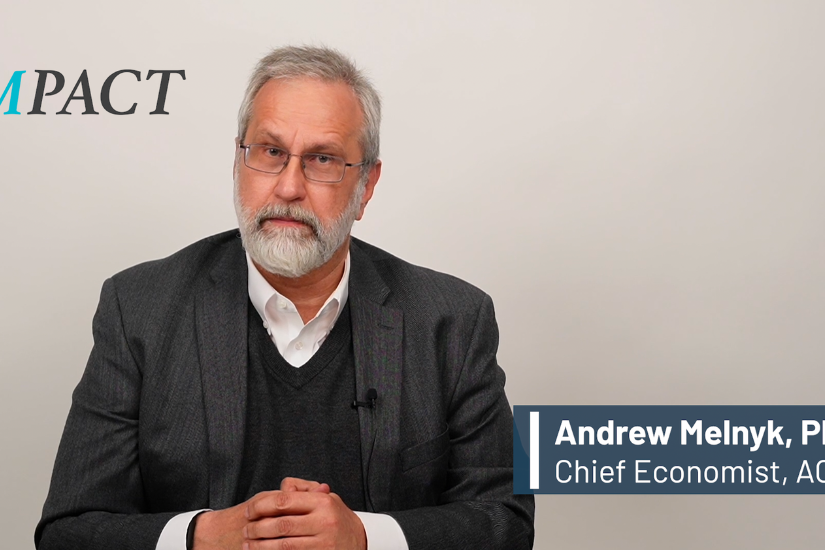Life Insurers Help Families with Special Needs Confront Challenges Like ‘Autism Tsunami’

The growing incidence of Autism Spectrum Disorder (ASD) poses significant challenges to both families and policymakers.
According to the U.S. Centers for Disease Control (CDC), 1 in every 59 children in the United States were identified as having ASD in 2014, up from 1 in 150 in 2002. A more recent study published in 2018 in the journal Pediatrics reports that the incidence has increased to 1 in 40, affecting a 1.5 million U.S. children (2.5%) and their families.
The growing number of ASD children and teens will soon reach adulthood, sometimes referred to as the ‘Autism Tsunami.’ Every individual affected by ASD has unique differences and strengths, but all face challenges throughout their lives. According to the advocacy group Autism Speaks and a recent study, nearly half of 25-year-olds with ASD have never held a paying job and only 17 percent have lived independently.
The annual cost of caring for Americans with autism reached $268 billion in 2015, and mostly due to the ‘Autism Tsunami’ will reach $461 billion by 2025, according to Autism Speaks. Another study found that the lifetime cost of supporting an individual with ASD ranges from $1.4 million for an individual without an intellectual disability to $2.4 million for someone with an intellectual disability.
Helping an ASD teen transition to adulthood and planning for their future is a multi-faceted challenge requiring a multi-faceted solution. Life insurers are well-positioned to help families with one part of the challenge — ensuring the financial security and, by extension, the safety and physical security of their adult child.
In fact, life insurance (typically whole life insurance), administered through a special needs trust (SNT), may be one of the most cost effective ways to provide financial security for an individual with ASD or other special needs. Other financial products, including annuities, can also be useful.
However, it is critical that parents work with qualified, trusted advisors to fully understand what products and strategies will best work in their particular situation. This will ensure that any financial strategy is compatible with existing state and federal programs.





